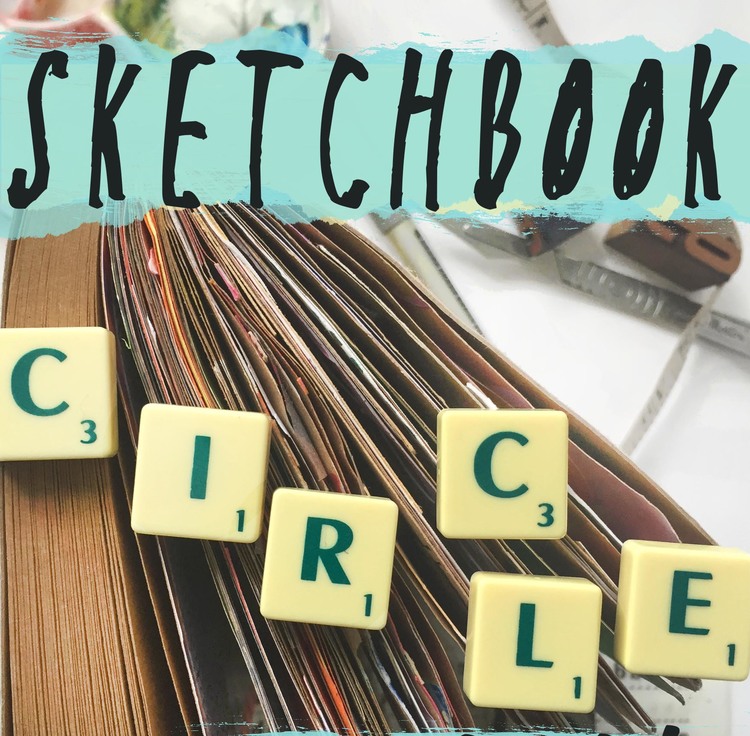This piece has come about as a result of some ideas which I have been exploring and attempting to express whilst locating my artistic practice on the Artist Teacher Scheme at Birmingham School of Art. I have become very interested in making large scale drawings which express movement and energy, and which also seem to me to embody somehow the internal thought processes my mind goes through as I make them - process made visible. Elena, the course tutor, remarked that I am a 'taker-awayer', meaning that I put things into a piece and then move them around, or remove them, until I am satisfied. Addition and subtraction, ebb and flow, assertion and obliteration. I am now conscious of this as a valid part of my creative process, and actively embrace it in my work. This finished piece has gone through several versions and modifications as I thought my ideas through and came up with what seems to me to be a satisfactory way to express them.
The emergency blanket I received through the post was smooth, shiny and reflective when I opened it and it reflected fairly clear images; however, as I worked with it, it became crumpled, torn and fragmented. These opposing qualities took on many meanings for me; fragmented memories, stories, narratives; self-reliance and self-reflection; my own image and my own environment mirrored back at me, alongside my own inner landscape. A reminder that what I need is right here, and all I have to do is look for it.
I felt the need to cut and shred the blanket, which seemed to be about the many shards and fragments of existence and experience which make me who I am; as I did so, the sunlight and the warm red of the curtains was reflected back at me.
I didn't really know at any point where I was headed with this idea, and it's only a stage on the internal journey. I've continued to pull bits off it (addition and subtraction), and I've photographed it and manipulated it with the (many) photo editing apps on my phone; will it ever be finished? When is a piece of work finished? I've put it aside for a while now, but I'm sure I will revisit it and change it again, as this seems to be an enduring part of my artistic practice.


























































































